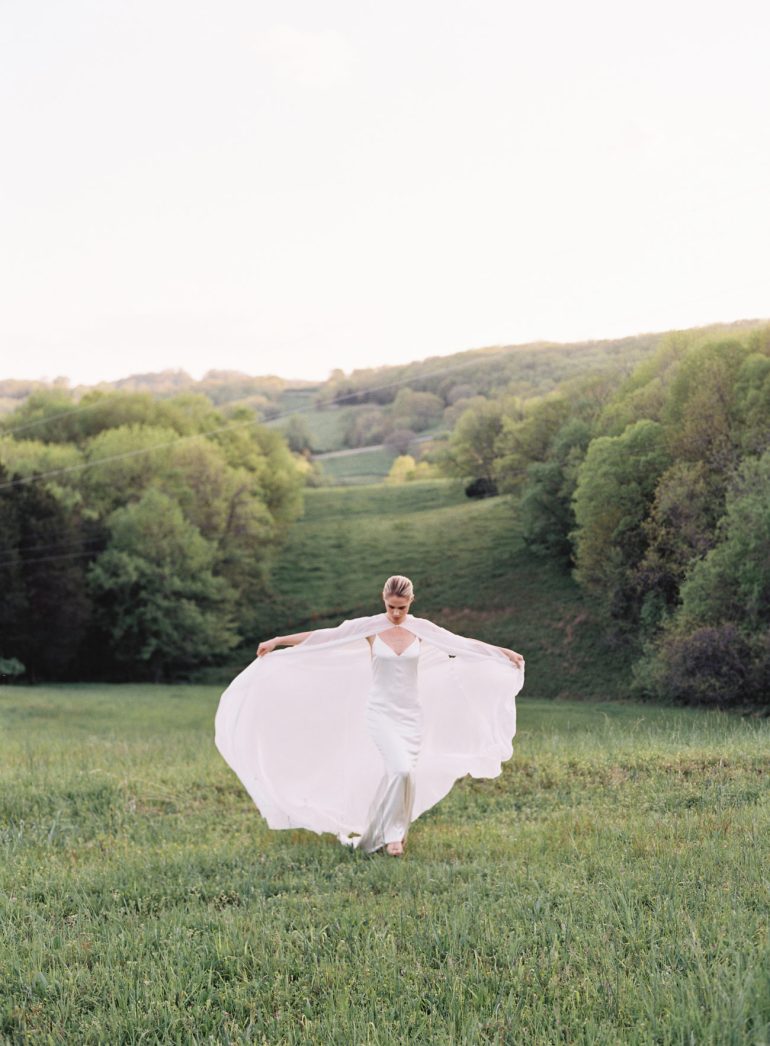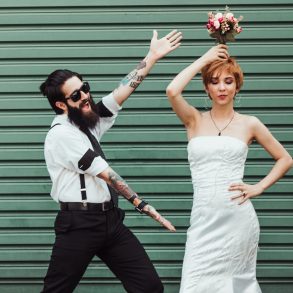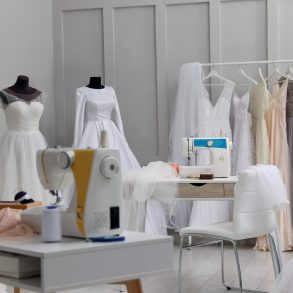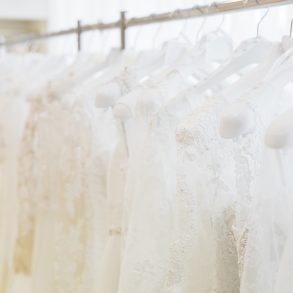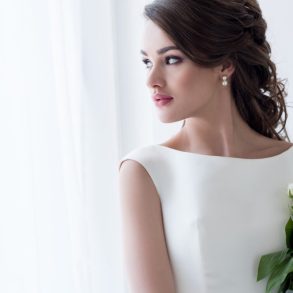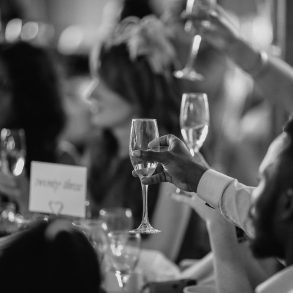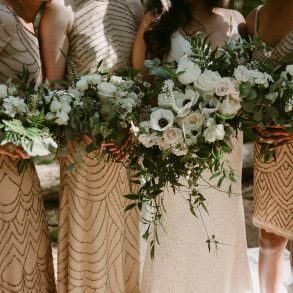Selling a preowned wedding dress comes with a series of considerations in terms of how to get it done right, but it also comes with a serious question in terms of how much your used design is actually worth. What factors determine their price point? How can you get the most money for a special garment with history attached?
There are ways to break down what you’ve got in the closet and determine fair value. According to Time:
“A bridal gown is like a new car, says Jacqueline Courtney, founder, and CEO of Nearly Newlywed: The biggest depreciation comes when you drive it off the lot — or wear it for the first time for a few hours. After the first wearing, the resale price of a gently worn dress could drop nearly in half; but then it declines more gradually over the next several transactions. So a Vera Wang gown that retails for $8,000 might fetch around $5,000 at the first reselling and then $4,000 at the second.”
In a nutshell, the sooner you sell, the higher the price tag you’re able to uncover. If you’re opting to take this route with your chosen piece, then do so within six months from your time of wear. This makes the design still on-trend and relevant, but also not stowed away in a closet asking for dust, mildew, or damage from discoloration to occur.
Discover The Basics
Before we dive into the basic breakdown of calculating your own fair price for your gown’s resale, know that there are several deciding calculator tools out there to use. All you have to do is punch in the relevant info and be given the advised price point.
Designer
This is the first question you’ll be asked by a resale store or the first bit of information you’ll fill out when using one of the previously mentioned calculators.
- Who is the designer?
- Is he/she a popular brand?
- Are they on the upper end of the bridal spectrum such as Vera Wang or Monique Lhuillier?
- Or are they more mainstream like Maggie Sottero or Watters?
- Can the design be easily searched?
The more expensive the piece from the time of purchase, the more money it’ll be worth – obviously. But, you have to take in consideration the name that it’s coming from. High-quality designer versus company churn outs. Iconic designs versus niche, trendy pieces.
Condition
Take a good, hard look at the condition your gown is in.
- Does it look brand new?
- Are there reparable rips, stains, or tears?
- Do appliques need reattaching or beading fallen off or missing in action?
The better the condition, the more dollar signs you’ll be able to squeeze into the price tag.
Fabric
Some fabrics, such as silk mikado, are more expensive than a simple satin or chiffon. This is something else that you’ll want to take into consideration.
Is your gown made of Chantilly lace or the scratchy, hard tulle that’s associated with princess ball gowns? The higher quality materials used for the gown – paired with the condition of the entire design – will help decipher how much you should be asking for on the bottom line.
History
The history of the gown coincides nicely with the condition its in.
- How many times was this piece worn?
- Who wore it?
- How many times has it been cleaned? And who did that too?
- Was it always done professionally?
- Also, were there any alterations to the original design?
- Were cups sewn into the bodice?
- Was the corset cut?
- How much was taken off of the hem?
All of these are imperative questions that should be answered not only when determining the fair market price but to a potential buyer.
Accessories
Finally, when considering how much you should sell your pre-owned wedding dress, take into account what the buyer will be getting along with the gown.
- Will it just be the dress itself?
- Or is there a crystal-accented sash that goes along with it?
- Is there a veil?
- Maybe some jewelry that matches it?
The more the accessories included in the purchase, the higher you can go on the price point.

